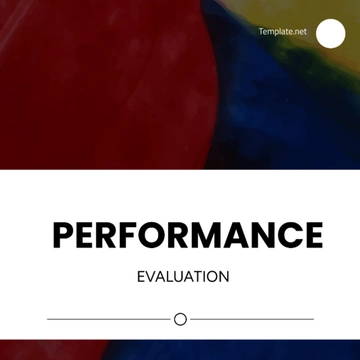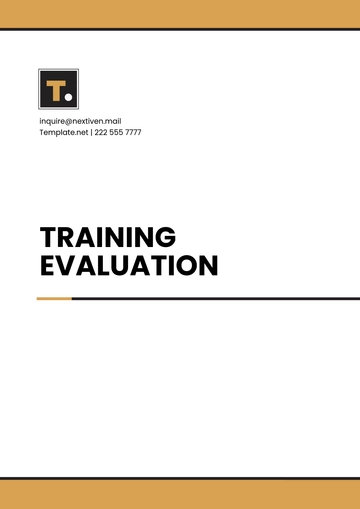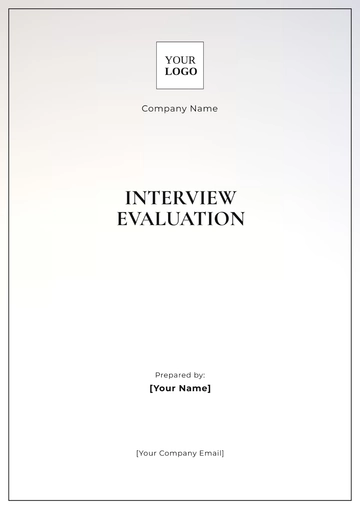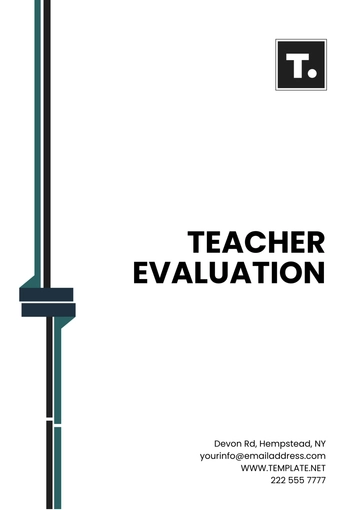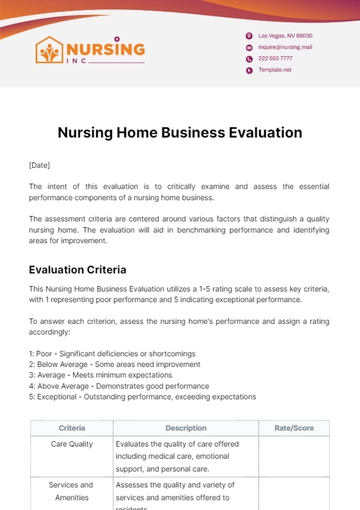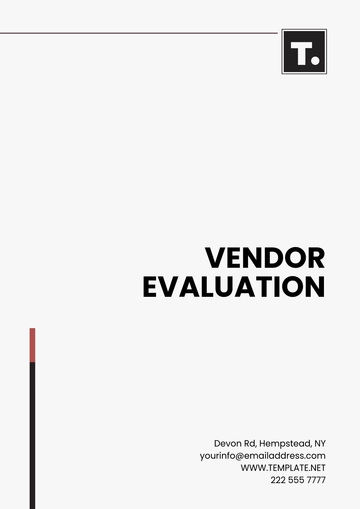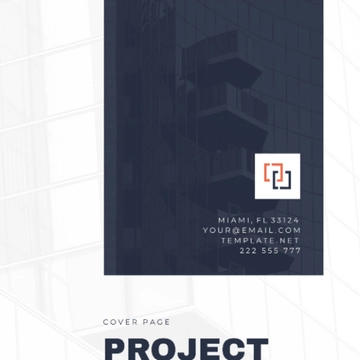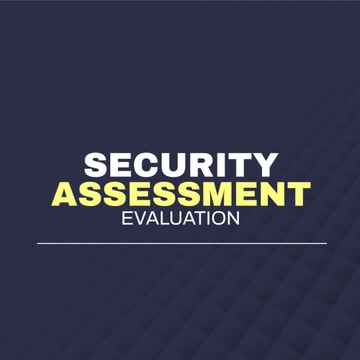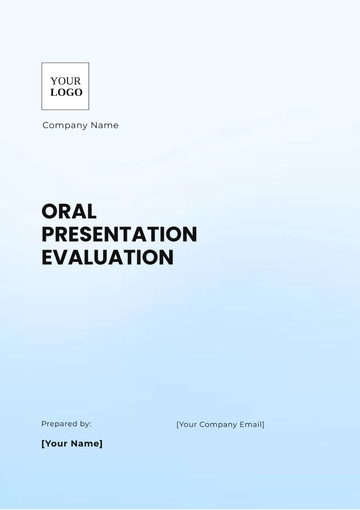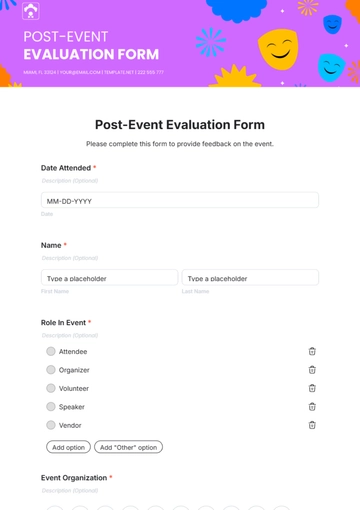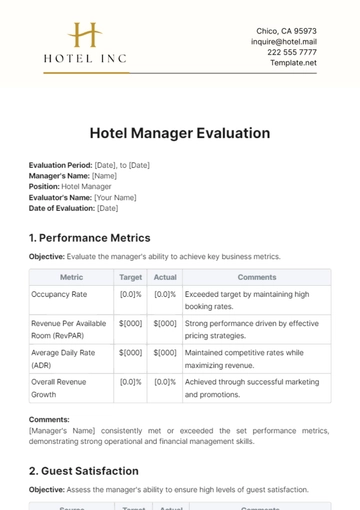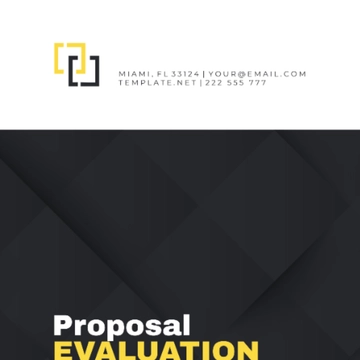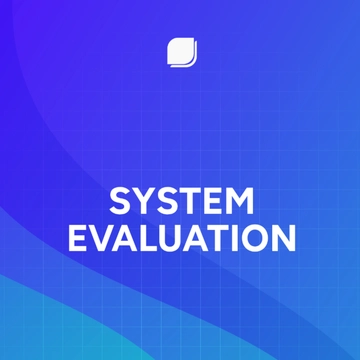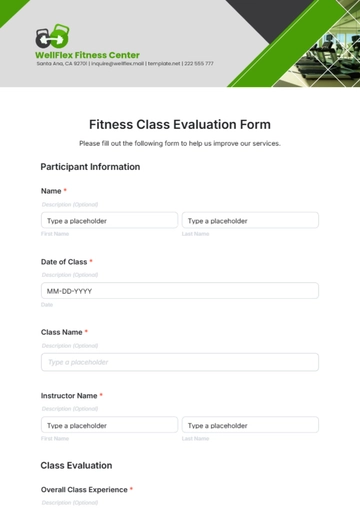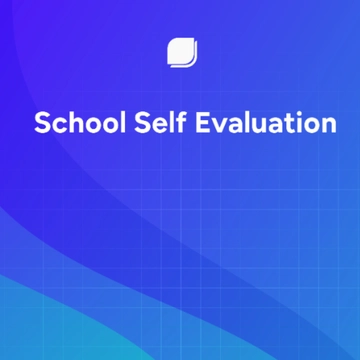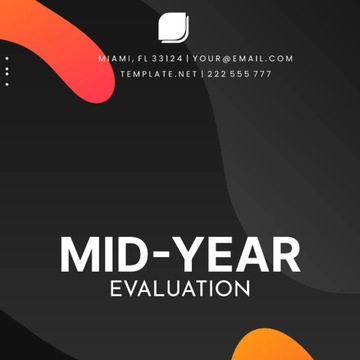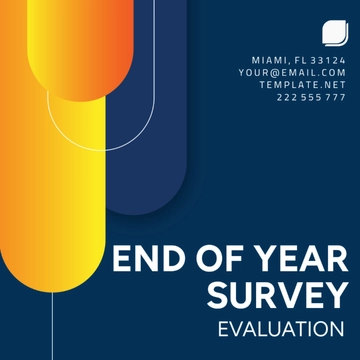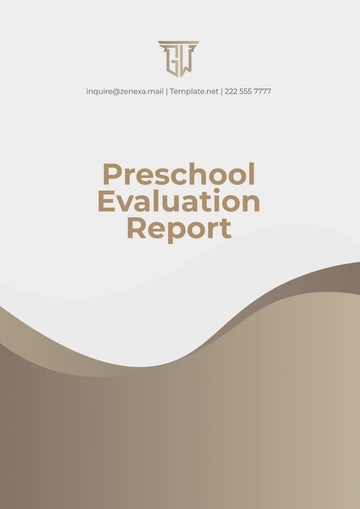Free Accounting Procedures Evaluation Manual
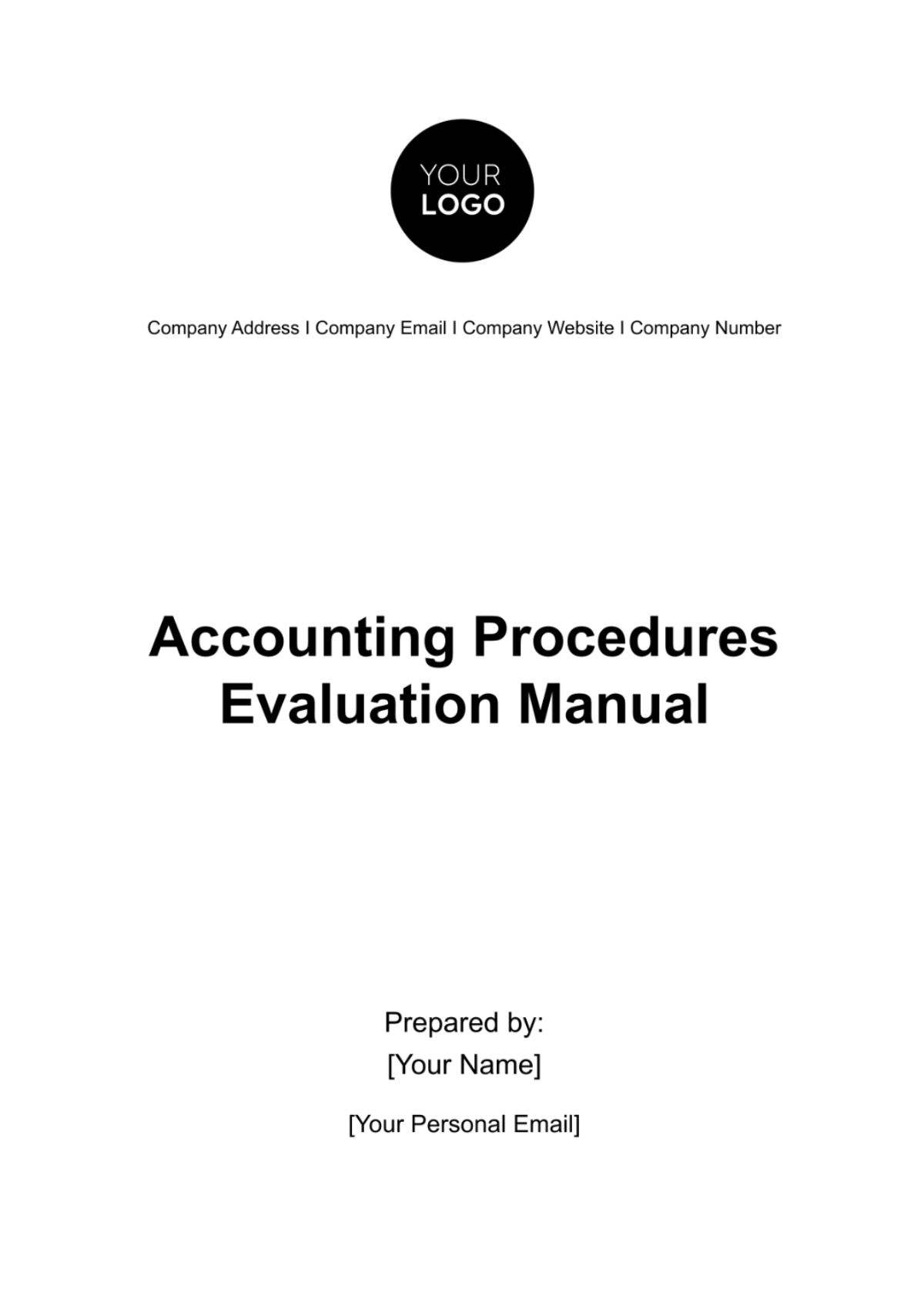
I. Introduction
A. Background
Welcome to the Accounting Procedures Evaluation Manual, a cornerstone in our commitment to financial integrity and transparency. In response to the dynamic landscape of business and finance, this manual has been meticulously crafted to guide internal auditors, accounting professionals, and stakeholders through the evaluation and enhancement of our organization's accounting procedures. As we navigate the complexities of today's financial environment, this manual serves as a vital tool in promoting accuracy, reliability, and adherence to the highest standards of financial reporting.
B. Objectives
Standardization: This manual seeks to establish a unified approach to accounting procedures, promoting consistency and streamlining processes across all departments. By standardizing our practices, we enhance efficiency and reduce the risk of errors in financial reporting.
Compliance: Our commitment to compliance is paramount. Through this manual, we aim to provide a clear roadmap for aligning our accounting procedures with internationally recognized standards, local regulations, and industry best practices, ensuring the integrity of our financial reporting.
Risk Management: In recognizing the inherent financial risks associated with our operations, this manual outlines strategies to identify, assess, and mitigate these risks. By integrating risk management into our accounting procedures, we fortify our organization against potential threats to financial stability.
Internal Control Enhancement: Strengthening internal controls is a central focus of this manual. We aim to fortify our defenses against fraud, errors, and misstatements, fostering a robust control environment that safeguards our assets and reinforces the reliability of our financial information.
Continuous Improvement: Embracing a culture of continuous improvement is crucial for staying ahead in a rapidly evolving financial landscape. This manual encourages regular assessments and refinements to our accounting procedures, fostering adaptability and resilience in the face of changing business dynamics.
C. Scope
This manual applies comprehensively across all organizational departments engaged in financial transactions and reporting. It encompasses a spectrum of accounting processes, including general ledger maintenance, revenue recognition, expense management, fixed asset accounting, and cash and bank reconciliations. Clear delineation of exclusions and specific limitations ensures that the scope is both practical and transparent, guiding users to apply the manual effectively.
II. Regulatory Framework
A. Overview of Applicable Regulations
Our commitment to regulatory compliance underscores our dedication to ethical financial practices. This section provides a detailed overview of the key regulatory frameworks governing our financial reporting. These include adherence to International Financial Reporting Standards (IFRS), Generally Accepted Accounting Principles (GAAP), and [Insert Relevant Local Regulatory Authorities and Standards]. Regular updates will be conducted to keep abreast of changes, ensuring that our organization remains at the forefront of compliance in the ever-evolving regulatory landscape. As we navigate these standards, this manual serves as a dynamic resource, providing clarity and guidance on compliance obligations.
III. Internal Control Framework
A. Definition of Internal Controls
Internal controls are the backbone of our financial governance. This section delves into the fundamental concepts of internal controls, emphasizing their role in promoting operational efficiency, reducing the risk of errors and fraud, and ensuring the reliability of financial reporting. By establishing a comprehensive understanding of internal controls, users of this manual will be better equipped to assess, design, and implement controls within their respective departments.
B. COSO Framework
Aligned with global best practices, we embrace the Committee of Sponsoring Organizations (COSO) framework as a guiding principle in our internal control structure. This section provides a detailed exploration of the COSO framework's five components — Control Environment, Risk Assessment, Control Activities, Information and Communication, and Monitoring Activities. Users will find practical insights on applying COSO principles to enhance the effectiveness of internal controls within our organization.
IV. Accounting Process Documentation
A. Chart of Accounts
A well-structured chart of accounts is the foundation of accurate financial reporting. This section elucidates the purpose and structure of our chart of accounts, outlining how it aligns with our organizational structure and reporting needs. By providing clarity on account codes, users will navigate financial transactions with precision, ensuring consistency and accuracy in our general ledger.
B. Transaction Processing
From initiation to recording, this section meticulously documents the lifecycle of common financial transactions. Through detailed process maps and narratives, users gain insights into the key control points, segregation of duties, and authorization protocols within the transaction cycle. This granular understanding enhances the reliability of financial data and fortifies our internal controls.
C. Period-End Closing Procedures
Timely and accurate period-end closings are imperative for financial reporting. This section outlines the procedures followed to ensure completeness, accuracy, and timeliness in closing financial periods. Users will find detailed checklists, reconciliation protocols, and guidelines for addressing outstanding issues, facilitating a smooth and well-controlled closing process.
V. Risk Assessment
A. Identification of Financial Risks
Risk identification is the first line of defense against potential threats to financial stability. This section provides a systematic approach to identifying and assessing financial risks associated with our operations. Through risk matrices, scenario analyses, and historical data, users gain a comprehensive view of potential risks, enabling informed decision-making and proactive risk management.
B. Mitigation Strategies
Having identified financial risks, this section shifts focus to strategies for mitigation. Users will find a range of control measures, from preventive controls to detective controls, designed to mitigate the impact and likelihood of identified risks. By integrating these strategies into our accounting procedures, we strengthen our resilience against unforeseen challenges.
VI. Compliance Assessment
A. Internal Compliance Checks
Internal compliance checks are integral to upholding organizational standards. This section outlines a systematic approach to self-assessment, encouraging each department to regularly review their adherence to internal policies. Through the use of self-assessment tools, checklists, and internal audit procedures, we empower teams to identify potential areas of improvement, reinforcing a culture of accountability and transparency. Regular training sessions will support employees in understanding and implementing compliance requirements within their daily tasks, ensuring a proactive approach to maintaining internal standards.
B. External Compliance Checks
Ensuring alignment with external regulations is a fundamental aspect of our commitment to ethical and legal financial practices. This section emphasizes the importance of collaboration with legal and compliance teams in conducting external compliance checks. By providing a detailed roadmap for periodic reviews and assessments against relevant regulations and industry standards, this manual equips our organization to navigate the complexities of compliance effectively. Clear communication channels with external regulatory bodies are established, ensuring that our organization stays informed about changes in regulatory requirements and promptly addresses any necessary adjustments.
VII. Internal Audit Procedures
A. Internal Audit Planning
A robust internal audit begins with meticulous planning. This section guides auditors through the identification of audit objectives, scoping, and risk assessment processes. By aligning audit plans with organizational goals and potential risks, our internal audit function becomes a strategic tool for ensuring compliance and identifying opportunities for improvement. The manual emphasizes the importance of a risk-based approach, ensuring that audit resources are allocated where they are most needed, fostering efficiency and effectiveness in our audit processes.
B. Audit Execution
Detailed audit execution is critical to the success of our internal audit function. This section provides guidance on the systematic steps involved in conducting internal audits, including data collection, interviews, and analysis. By emphasizing the importance of evidence gathering and documentation, the manual ensures that audit findings are well-supported, contributing to the credibility and reliability of our audit reports. Techniques for assessing the design and operating effectiveness of internal controls are explored, allowing auditors to provide valuable insights into the control environment.
C. Reporting and Follow-Up
Transparent and effective reporting is the culmination of a successful internal audit. This section defines guidelines for preparing comprehensive audit reports, including clear communication of findings, recommendations, and potential impact. Emphasis is placed on the importance of timely reporting to management and relevant stakeholders. Furthermore, the manual establishes a structured process for tracking and following up on audit findings, ensuring that identified issues are addressed promptly and that corrective actions are monitored to completion.
VIII. Training and Communication
A. Training Programs
Continuous education is woven into the fabric of our organization. This section outlines a comprehensive training program designed to keep accounting personnel abreast of evolving standards, regulations, and best practices. Training sessions cover technical updates, changes in regulations, and opportunities for professional development. By investing in the ongoing education of our team, we ensure a workforce that is not only skilled in current practices but also adaptable to emerging trends in the dynamic field of accounting.
B. Communication of Changes
Effective communication is paramount to the successful implementation of procedural changes. This section establishes procedures for communicating updates to accounting procedures, ensuring that all relevant stakeholders are informed promptly. Internal communication channels, training sessions, and documentation updates are identified as key mediums for disseminating information. The manual stresses the importance of fostering a transparent and open communication culture, allowing team members to stay informed and engaged in the evolution of accounting practices.
IX. Continuous Improvement
A. Monitoring and Feedback Mechanisms
Continuous improvement is embedded in our organizational DNA. This section details the monitoring mechanisms and feedback loops that form the backbone of our commitment to ongoing enhancement. Key performance indicators (KPIs) are established to quantitatively assess the effectiveness of accounting procedures. Regular feedback sessions, surveys, and collaboration platforms provide qualitative insights, fostering a culture where employees are encouraged to share their perspectives for continual refinement. By systematically monitoring these mechanisms, we ensure that our accounting procedures remain agile, responsive, and aligned with evolving organizational goals.
B. Periodic Review and Updates
Regular reviews are the cornerstone of maintaining a relevant and effective Accounting Procedures Evaluation Manual. This section outlines a structured schedule for periodic reviews, involving cross-functional teams to assess the manual's content, applicability, and alignment with industry best practices. As part of these reviews, updates to the manual are proposed based on changes in regulations, technology, and organizational processes. The inclusion of feedback from end-users further ensures that the manual remains a dynamic and practical resource for our teams.
- 100% Customizable, free editor
- Access 1 Million+ Templates, photo’s & graphics
- Download or share as a template
- Click and replace photos, graphics, text, backgrounds
- Resize, crop, AI write & more
- Access advanced editor
Elevate your financial governance with the Accounting Procedures Evaluation Manual Template from Template.net. This editable and customizable resource, powered by an intuitive AI Editor Tool, ensures precision and compliance. Seamlessly tailor internal controls, risk assessments, and audit procedures to your organization's unique needs. Optimize your accounting processes effortlessly with this comprehensive and user-friendly template.

